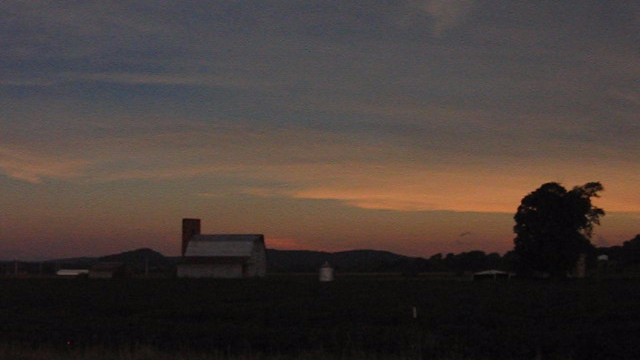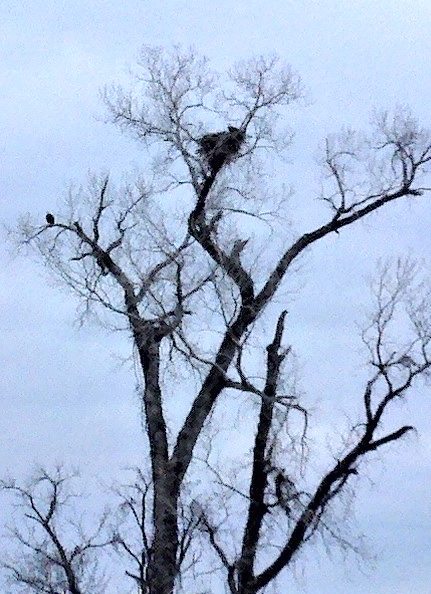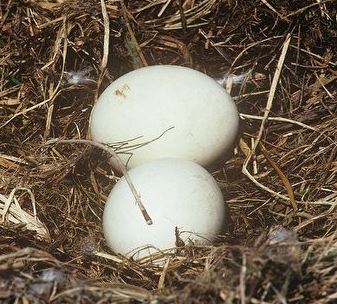I was in the path of the total eclipse of the sun on Monday, 21 August 2017.  The birds stopped singing. Until just a few minutes before the moon completely eclipsed the sun, goldfinches, cardinals, and crows sang and called, an occasional Turkey Vulture soared overhead, and a flock of Barn Swallows chatted and flew over the fields. Two or three minutes before the total eclipse, the birds became still, while the crickets got louder.
The birds stopped singing. Until just a few minutes before the moon completely eclipsed the sun, goldfinches, cardinals, and crows sang and called, an occasional Turkey Vulture soared overhead, and a flock of Barn Swallows chatted and flew over the fields. Two or three minutes before the total eclipse, the birds became still, while the crickets got louder.
I was in farm land – acres of green crops, small groves of trees along a creek, a couple of gravel roads, and only two other humans nearby.
The shadow progressed gradually over an hour or so. My Cheerios box with a tiny pinhole showed me the slowly growing crescent. The dimming of light was unnoticeable at first, then became unmistakable. My own shadow on the ground grew faint. At some point the screen on my cell phone became more readable than it is in broad daylight. The skies turned from bright blue with a few wispy clouds, to pastel blue, then to gray. The fields got darker, the trees less distinct. It didn’t look like dusk or dawn – the colors across the land were muted.
The total eclipse came abruptly. One second there was light, then all was in shadow, as if an overhead light had been switched off and only a weak night-light prevented pitch black. The dazzling corona of the sun shone around the edges of the moon, and the distant horizon, outside the umbra, showed some rosy hues. One bright star popped into view. Everything stopped, except the crickets.
The eclipse lasted about two minutes. Then all of a sudden the surrounding dimness was banished in a surprising wash of color as the surface of the sun emerged from behind the moon. The brightness was an illusion – only a sliver of the sun was showing, but it seemed as if the switch had been flipped back on. The restoration of daylight after the slow minutes of anticipation seemed quicker than the fading. Shadows reappeared everywhere – trees, farm buildings, road signs, fences, me. Crops and trees turned green. The sky was blue again.
Soon birds became active, chirping, calling, flying. The swallows took wing after insects, vultures lifted to the sky, a Carolina Wren sang, a Red-Tailed Hawk flew across the fields and perched atop a tall maple.
About five minutes after the sun reappeared, a rooster crowed. Then another, and then another.
I was struck by a feeling of bigness. The wide expanse of sky, in which two huge celestial bodies implausibly converged. Daylight turning precipitously into a vast eerie twilight. Hundreds and thousands of vertebrates and invertebrates unexpectedly moved to alter their behavior. Millions of people across the continent changing their normal routines in order to take in the other-worldly event. The astounding exactitude of the scientists’ predictions of times – to the second – and places – to the geographical degree and minute. The breath-taking rarity and the improbable opportunity afforded a small creature like me to be part of something so enormous. This was not a movie or a documentary or a news report. I was actually there. How cool is that?
I captured a few minutes of video, not of the sun but of the countryside, which to me was infinitely more interesting than the sun. https://youtu.be/q23aTXWfVnc




You must be logged in to post a comment.